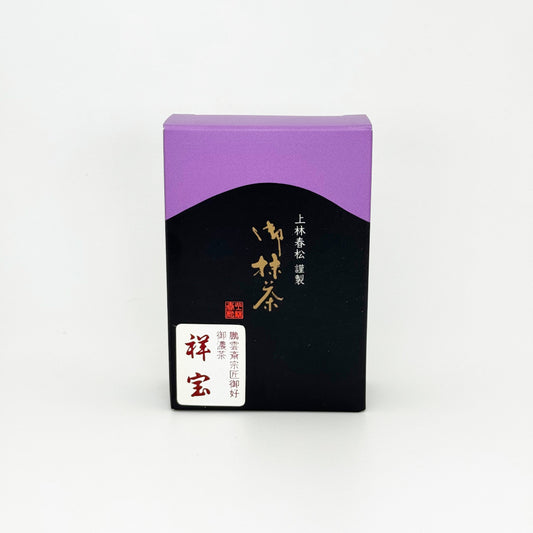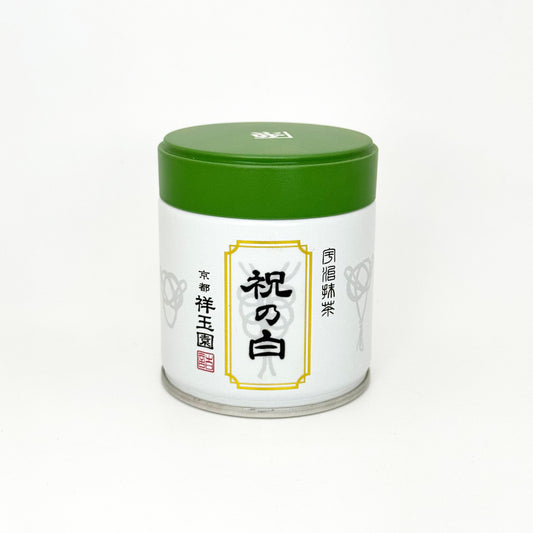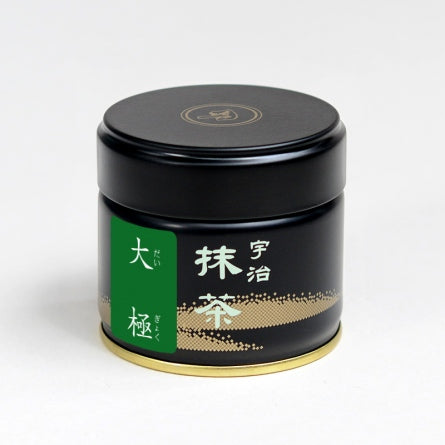
The Matcha Shortage in Japan: What It Means for Ujicha Matcha Customers
Share
Navigating Delays: Understanding the Matcha Supply Chain Shift
The matcha industry is currently facing a wave of unprecedented challenges. At Ujicha Matcha, we’ve experienced delays in shipments, stricter quantity limits from suppliers, and in some cases, the unavailability of certain products. These challenges have caused confusion among our customers, but they stem from deeper disruptions in the global matcha supply chain.
Matcha, a product that requires meticulous craftsmanship, has seen soaring demand over the past few years. This sudden popularity has stressed a system that relies heavily on small-scale, family-run operations. The result? Delays, shortages, and an industry struggling to adapt while preserving its dedication to quality.
Unprecedented Demand: Why Matcha Supply is Falling Short
The demand for matcha has skyrocketed globally, driven by its growing reputation as a superfood, its unique flavor, and its versatility in both traditional and modern culinary applications. But meeting this demand is easier said than done.
-
Traditional Craftsmanship vs. High Demand
Unlike mass-produced beverages or foods, matcha production relies on time-honored techniques. Many Uji manufacturers use granite stone mills to grind tencha into the fine powder that defines high-quality matcha. These mills, while critical for maintaining the distinct texture and flavor, have limited production capacity. To make matters more challenging, the artisans who create and maintain these mills are in short supply. -
Limited Supply of Tencha Leaves
Matcha can only be made from tencha, a specific type of shaded tea leaf. With demand at an all-time high, tencha reserves have been quickly depleted, leaving manufacturers with little to work with until the next harvest season. While freezing tencha can extend its usability, current reserves simply can’t keep pace with global demand.
Expanding tencha production requires time, land, and expertise—resources that aren’t easily scaled up overnight.
Timeless Tradition Meets Modern Challenges: Matcha’s Unique Production Methods
The allure of matcha lies not just in its flavor and health benefits but also in the traditional methods used to produce it. These methods, rooted in centuries-old practices, are what give matcha its authenticity and unmatched quality.
Kyoto Prefecture, particularly the Uji region, is renowned for producing the world’s finest matcha. Here, tea farmers use meticulous shading techniques to enhance the flavor profile of the tea leaves before they are hand-picked and processed. This commitment to quality ensures that each batch of matcha reflects the care and expertise of generations of tea artisans.
However, this commitment to tradition also creates bottlenecks. Scaling up production without compromising quality is a slow and challenging process, further compounded by the global surge in matcha’s popularity.
The Rise of Matcha: A Global Obsession
What’s behind matcha’s meteoric rise? Its combination of health benefits, cultural significance, and versatility has made it a favorite among consumers worldwide.
From matcha lattes and smoothies to desserts and savory dishes, matcha has cemented itself as more than just a beverage—it’s a lifestyle. Its antioxidant properties, calming effects, and vibrant green hue appeal to both health-conscious consumers and food enthusiasts. Social media has also played a significant role, with influencers showcasing creative matcha recipes and traditional tea ceremonies, fueling a global fascination.
Pandemic Aftershocks: How COVID-19 Shaped Matcha Demand
The pandemic brought both challenges and opportunities to the matcha industry. During lockdowns, demand for ceremonial-grade matcha dipped as tea ceremonies and specialty cafés closed their doors. However, the health and wellness movement that gained momentum during this time reignited interest in matcha as a superfood.
As restrictions lifted and international borders reopened, demand surged dramatically. Tourists flocked to Japan, eager to experience authentic matcha, while global consumers sought out premium-quality matcha for its calming properties and unique flavor. This sudden spike in demand has strained already limited supplies, making it harder than ever for manufacturers to keep up.
A Bright Future: Overcoming Challenges in Matcha Production
Despite current challenges, the future of matcha remains bright. Uji tea producers are taking steps to address the supply shortage, including expanding tencha cultivation, upgrading facilities, and exploring innovative methods to streamline production without sacrificing quality.
At Ujicha Matcha, we’ve adapted by diversifying our supplier network, ensuring that we can continue to provide a wide range of matcha products to our customers. We’re also focusing on educating consumers about the nuances of different matcha grades, encouraging them to explore options beyond the most popular ceremonial blends.
Beyond the Trend: Why Matcha is Here to Stay
Matcha’s enduring popularity isn’t just a passing trend. It has become a staple in the health and wellness industry, celebrated for its unique blend of flavor, functionality, and tradition. Its ability to appeal to both traditionalists and modern consumers ensures its place in the global market for years to come.
Our Commitment: Ujicha Matcha’s Approach to the Shortage
At Ujicha Matcha, we remain committed to delivering the highest-quality matcha, even during challenging times. By working closely with our trusted producers and staying attuned to market conditions, we strive to ensure a steady supply of premium matcha for our customers.
We encourage you to explore our range of matcha offerings, including lesser-known but equally exquisite blends, as we navigate this exciting new chapter in the world of matcha.
Stay connected with Ujicha Matcha for updates on stock availability, new arrivals, and all things matcha. Together, let’s celebrate the tradition, flavor, and future of matcha.



